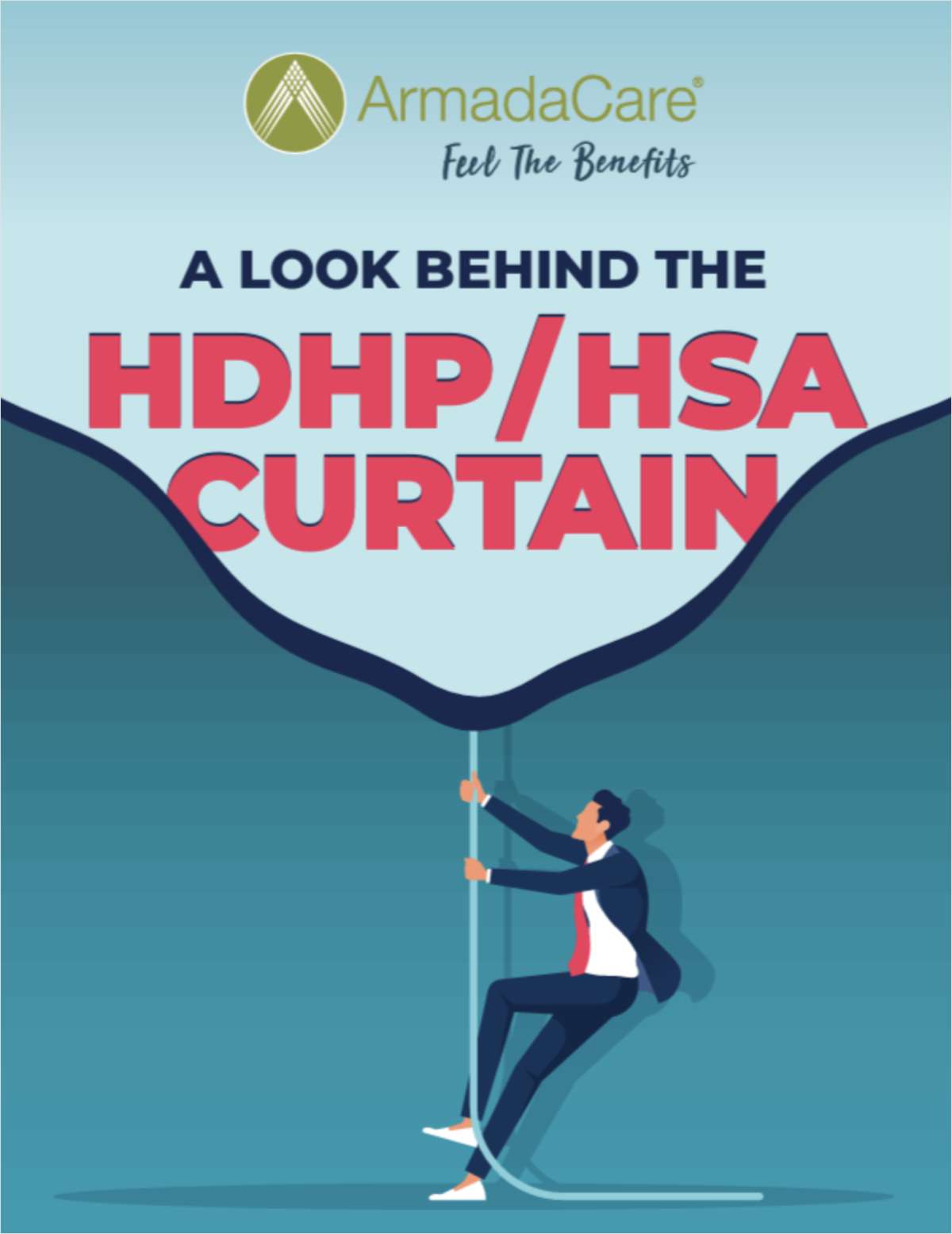PIERRE, S.D. (AP) — South Dakota faces a shortage of health care professionals in rural counties, and two bills making their way through the House aim to boost numbers of medical workers in these less populated areas.
The House Health and Human Services Committee on Tuesday unanimously approved two Gov. Dennis Daugaard-sponsored bills that support his South Dakota Workforce Initiatives, or South Dakota WINS. This program attracts a more educated workforce across the state to the medical field and other industries.
Secretary of Health Doneen Hollingsworth said the bills also help provide care for the state's growing elderly population and replace the current health professionals who will soon retire.
Continue Reading for Free
Register and gain access to:
- Breaking benefits news and analysis, on-site and via our newsletters and custom alerts
- Educational webcasts, white papers, and ebooks from industry thought leaders
- Critical converage of the property casualty insurance and financial advisory markets on our other ALM sites, PropertyCasualty360 and ThinkAdvisor
Already have an account? Sign In Now
© 2024 ALM Global, LLC, All Rights Reserved. Request academic re-use from www.copyright.com. All other uses, submit a request to [email protected]. For more information visit Asset & Logo Licensing.








